



If you’ve ventured out in the evenings, you may have seen a Mediterranean house gecko, also known as the Turkish gecko or moon lizard because they come out at night. These small reptiles can grow up to 15cm long in size, and are typically beige coloured with stripes and can seem almost translucent in certain lights. They can be found hiding in cracks and inside walls of Cypriot homes and buildings, and emerge at night time, normally around outdoor lights, looking for moths to eat. They emit a high pitched squeaky call, similar to that of some birds. You might also see the larger Kotschy's gecko in Cyprus, which is more slender than the Turkish gecko. It can grow up to 10cm long, is typically dark in colour and has W-shaped darker markings on its back.
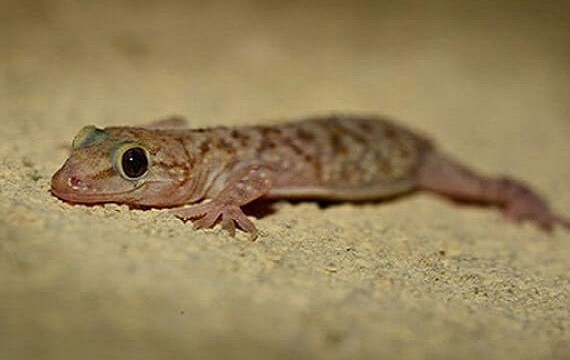
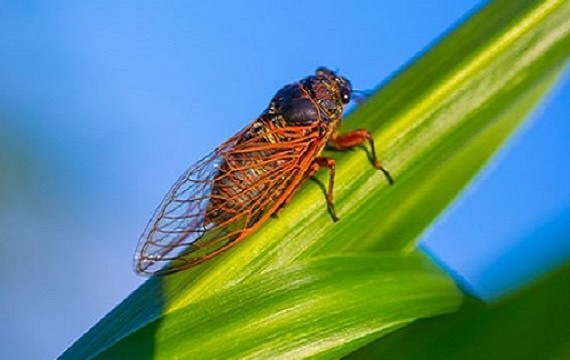
You can hear the loud chirpy buzz of a cicada up to a mile away! These noisy creatures can be heard during hot summer days and balmy evenings. They are extremely interesting animals, who spend up to 17 years underground feeding on tree roots before emerging and breaking out of their shell once the temperature is perfect. They can grow up to 2 inches long and can fly, albeit clumsily. A group of male cicadas will try to synchronise their songs to attract more females. They live for around a month above-ground to reproduce, lay their eggs on tree branches, and then when the eggs hatch, the baby cicadas fall to the ground and burrow down for the next 13 - 17 years before the cycle starts again.
You will have to look quite hard to see one of these absolutely amazing creatures. Known as the Mediterranean chameleon, they can grow up to 30cm long! They have a long tongue to catch insects, and range in colour from bright green, to yellow/brown and dark brown. These chameleons have a small “beard” of scales as well as some more scales on their backs, and they generally move very slowly. Their eyes can look in different directions at once to catch prey, and interestingly, they do not camouflage to their surroundings, but actually they change colour depending on the light and temperature changes, whether they are happy or sad, or if there are other chameleons nearby. They tend to go very dark coloured if you pick them up because they are scared and will hiss at you if they are angry. Let us know if you’ve ever seen one, or if you have any photos of a chameleon in North Cyprus on our social media!
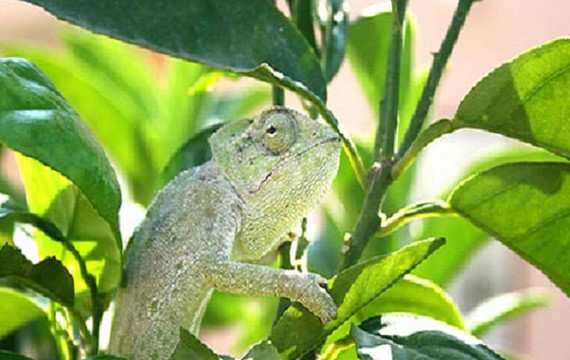

The most common lizard you will find in North Cyprus is the Phoenicolacerta troodica, also known as the Troodos lizard, which is a native species. You will often see them on walls during the day, basking in the hot sunshine. They are normally quite dark-coloured with a lighter stripe running up the side of their body. You might also see snake-eyed lizards, which are very similar looking to the Troodos lizard and Schreiber's fringe-fingered lizard which has stripes and spots on its body.
One of the largest beetles found in Europe, the rhinoceros beetle is so-called because of the horn on the top of the male beetle’s shell. They are also known as the Hercules beetle because they are extremely strong and can lift up to 850 times their body weight! The males use their horns to ward off other male beetles and can grow up to 2 inches long. They eat rotting leaves and wood and can generally be seen in Cyprus between the end of March until the end of autumn.
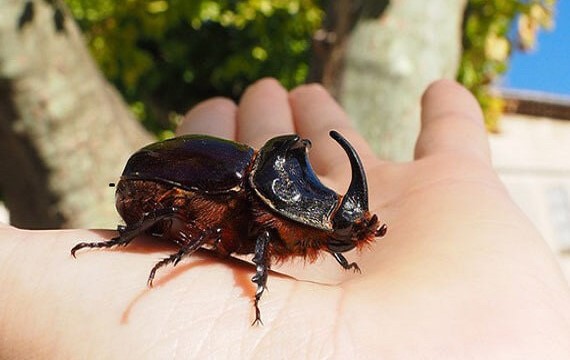
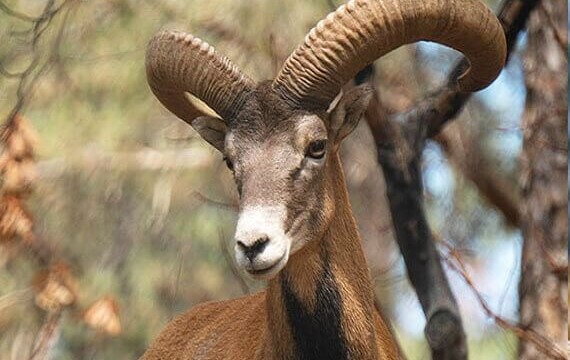
It is common to see the Shepherd’s tending to their flock, walking them across roads and up the steep hills of Northern Cyprus. The sheep in Cyprus tend to have long tails, and can often be seen grazing along with Cyprus Damascus goats with very long ears. Some of the sheep you may see are the native Cyprus Mouflon, with long curly horns, which were introduced to Cyprus around 12,000 years ago and are classed as rare, as there are only around 3,000 left on the island.